Ready to elevate your food blogging game?
We’re here to guide you on a journey to become a holistic SEO food blogger.
With our expert tips and strategies, you’ll learn how to optimize your blog for search engines, attract a targeted audience, and create mouthwatering recipes that are both delicious and nutritious.
Get ready to dive into the world of holistic SEO and revolutionize the way you share your love for food with the world.

Let’s get started!
Key Takeaways
- Conduct thorough keyword research to identify terms and phrases searched by the target audience.
- Prioritize creating high-quality, valuable content that resonates with readers.
- Build strong backlinks through collaborations, guest posting, and social media engagement.
- Optimize website speed for a seamless browsing experience and increased engagement.
The Basics of Holistic SEO
When it comes to holistic SEO, we focus on optimizing our website and content to enhance our online visibility and attract more organic traffic. By implementing effective holistic SEO techniques, we can improve our search rankings and reach a wider audience in the highly competitive food blogging world.
One of the first steps in holistic SEO is conducting thorough keyword research to identify the terms and phrases that our target audience is searching for. By strategically incorporating these keywords into our website content, blog posts, and meta tags, we can increase our chances of ranking higher in search engine results.
In addition to keyword optimization, we also prioritize creating high-quality, valuable content that resonates with our readers. This includes writing informative blog posts, developing engaging recipes, and sharing visually appealing food photos. By consistently providing valuable content, we can attract more visitors to our website and encourage them to stay longer, ultimately improving our search rankings.

Furthermore, we understand the importance of building strong backlinks to our website. By collaborating with other food bloggers, participating in guest posting opportunities, and engaging with our audience on social media, we can increase our online presence and credibility, which can positively impact our search rankings.
In the next section, we’ll delve into the process of finding our niche in the food blogging world and how it can further enhance our holistic SEO efforts.
Finding Your Niche in the Food Blogging World
When it comes to finding your niche in the food blogging world, there are a few key points to consider.
First, you need to come up with unique recipe ideas that set you apart from the competition.

Next, it’s important to identify your target audience so you can tailor your content to their specific needs and interests.
Unique Recipe Ideas
As holistic SEO food bloggers, we constantly strive to discover and curate a plethora of unique recipe ideas to establish our niche in the competitive world of food blogging. One way to stand out is by experimenting with creative flavor combinations. By combining unexpected ingredients, we can create dishes that tantalize the taste buds and leave our readers wanting more. Another approach is to put a healthy twist on classic dishes. By using nutritious substitutes and cooking methods, we can transform traditional recipes into healthier alternatives without sacrificing flavor. To help you get started on your culinary journey, here are some unique recipe ideas to inspire your creativity:
| Creative Flavor Combinations | Healthy Twists on Classic Dishes |
|---|---|
| Mango and Jalapeno Salsa | Cauliflower Pizza Crust |
| Blueberry and Balsamic Glaze | Zucchini Noodles with Pesto |
| Coconut and Curry Soup | Quinoa Stuffed Bell Peppers |
| Raspberry and Rosemary Jam | Greek Yogurt Chicken Salad |
| Pistachio and Lemon Cake | Avocado Chocolate Mousse |
These ideas will not only set your food blog apart but also satisfy the cravings of your innovative audience. Let your creativity shine and watch your niche grow in the food blogging world!
Target Audience Identification
To find our niche in the food blogging world, we must identify our target audience. Understanding who we’re creating content for is essential for successful engagement and building a strong following. Here are three key steps to help us in identifying our target audience:

- Conduct market research: By analyzing trends, preferences, and demographics, we can gain insights into our potential audience’s interests and needs. This will help us tailor our content to meet their expectations.
- Define our unique value proposition: What sets us apart from other food bloggers? Identifying our unique selling point will attract a specific audience who resonates with our style, expertise, or perspective.
- Develop a content creation strategy: Once we know who our target audience is, we can create content that speaks directly to them. By understanding their preferences, we can provide them with valuable and engaging content that keeps them coming back for more.
Stand Out Visually
To stand out visually in the food blogging world and find our niche, we need to showcase our unique style and creativity through captivating and eye-catching imagery. Visual presentation plays a crucial role in attracting and engaging our audience.
By employing innovative food styling techniques, we can create stunning visuals that not only capture attention but also convey our personality and brand. Experimenting with different angles, lighting, and props can help us create a distinct visual identity that sets us apart from other food bloggers.
It’s important to remember that our visuals shouldn’t only be visually appealing but also relevant to our content. By creating visually compelling images, we can pique the interest of our audience and entice them to explore our blog further.
Now that we’ve established our visual presence, let’s move on to the next step: creating delicious and nutritious recipes that will keep our readers coming back for more.

Creating Delicious and Nutritious Recipes
We love developing mouthwatering and nourishing recipes as a holistic SEO food blogger. It’s our passion to create dishes that not only taste amazing but also provide incredible health benefits. Here are three ways we incorporate nutrition and deliciousness into our recipes:
- Nutritional Benefits of Organic Ingredients: We prioritize using organic ingredients in our recipes because they offer higher levels of nutrients compared to conventionally grown produce. Organic ingredients are free from harmful pesticides and are grown without the use of synthetic fertilizers, making them a healthier choice for our bodies.
- Creating Healthy and Tasty Alternatives to Popular Dishes: We believe that healthy eating should never compromise on taste. That’s why we love coming up with creative and innovative recipes that offer a healthier twist to classic favorites. From cauliflower pizza crust to zucchini noodles, we find ways to make nutritious alternatives that are just as satisfying as the original dishes.
- Balancing Flavor and Nutrition: Our recipes are designed to strike the perfect balance between flavor and nutrition. We believe that healthy food doesn’t have to be bland or boring. By incorporating a variety of herbs, spices, and natural flavor enhancers, we create dishes that aren’t only good for you but also incredibly delicious.
By focusing on the nutritional benefits of organic ingredients and creating healthy and tasty alternatives, we ensure that our recipes cater to both your taste buds and your well-being.
Now, let’s dive into the next section, where we’ll explore the importance of incorporating keywords for SEO optimization.
Incorporating Keywords for SEO Optimization
When it comes to optimizing our food blog for search engines, incorporating keywords strategically is key. By understanding keyword placement strategies, we can ensure that our content not only ranks well in search results but also remains engaging for our readers.

It’s all about finding the right balance between SEO optimization and delivering valuable and informative content that resonates with our audience.
Keyword Placement Strategies
Effective keyword placement is crucial for optimizing SEO on a holistic food blog. To ensure that your blog ranks high in search engine results and attracts organic traffic, it’s important to strategically incorporate keywords throughout your content. Here are three key strategies for keyword placement:
- Keyword research: Before you start writing, conduct thorough keyword research to identify relevant and high-ranking keywords in your niche. Use tools like Google Keyword Planner or SEMrush to find popular keywords that align with your blog’s focus.
- Optimizing meta tags: Meta tags, including the title tag and meta description, are important for search engine optimization. Incorporate your target keywords naturally within these tags to improve your blog’s visibility in search results.
- Incorporating keywords in headings and content: Place your keywords strategically in headings (H1, H2, etc.) and throughout your blog posts. However, ensure that the keywords are seamlessly integrated and don’t compromise the readability or flow of your content.
Balancing SEO and Content
To strike a balance between SEO optimization and engaging content, our holistic food blog incorporates keywords seamlessly throughout our posts, ensuring they enhance the visibility without compromising the readability or flow.
Finding balance is crucial in the world of SEO, and our optimization strategies revolve around this principle. We conduct thorough keyword research to identify the most relevant and high-ranking terms in our niche. These keywords are strategically placed in our headings, subheadings, and throughout the body of our content.
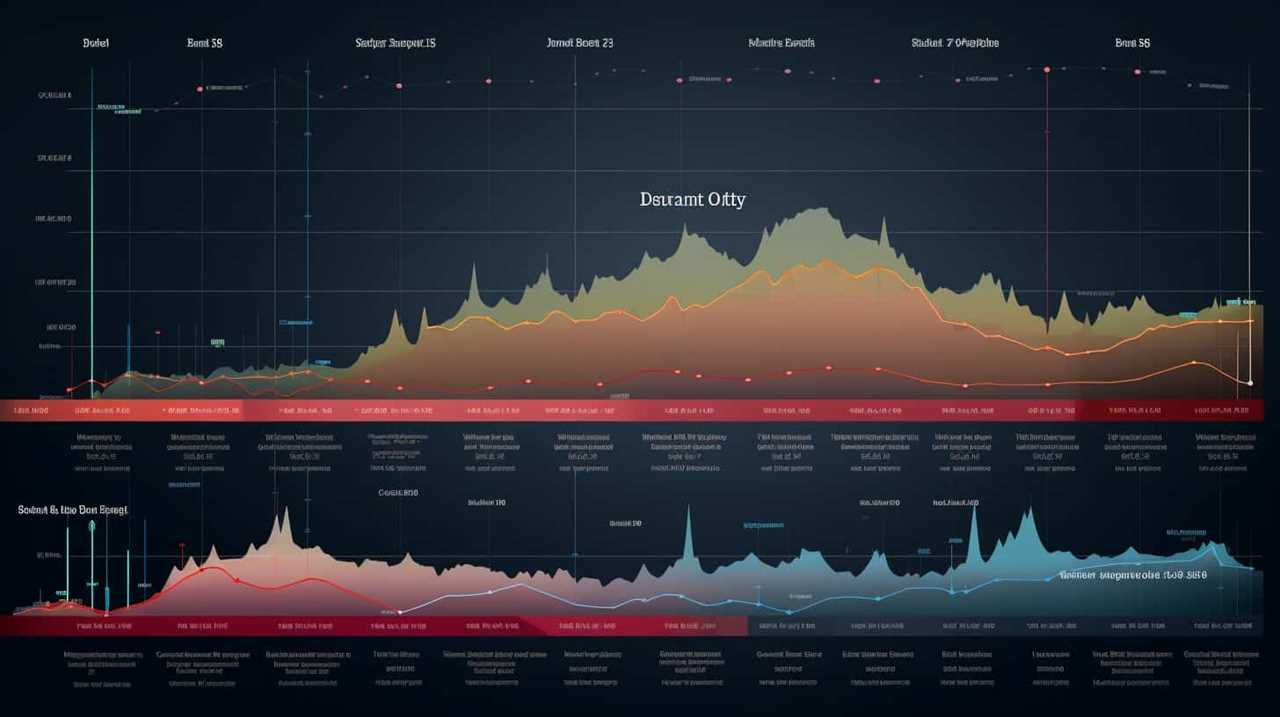
However, we avoid keyword stuffing or over-optimization, as it can negatively impact the user experience. Instead, we focus on creating valuable and informative content that naturally incorporates our targeted keywords. By doing so, we not only improve our search engine rankings but also provide our audience with the valuable information they seek.
Utilizing Social Media for Maximum Exposure
Our goal as holistic SEO food bloggers is to leverage social media platforms to achieve maximum exposure for our content. Social media has become an essential tool for reaching and engaging with our audience.
To effectively utilize social media for maximum exposure, we employ the following strategies:
- Consistent Posting Schedule: We understand the importance of regular content updates on social media. By creating a consistent posting schedule, we keep our audience engaged and ensure that our content reaches a wider audience.
- Engaging Visual Content: We know that visual content attracts more attention on social media platforms. We use high-quality images and videos to make our posts visually appealing and shareable. This helps to increase our reach and engagement.
- Community Interaction: Building a community of loyal followers is crucial for maximizing exposure. We actively engage with our audience by responding to comments, asking questions, and participating in discussions. This fosters a sense of community and encourages our followers to share our content with their own networks.
Building a Strong Brand and Online Presence
Implementing a comprehensive strategy is key to building a strong brand and online presence as holistic SEO food bloggers. As we strive to stand out in the crowded digital space, it’s important to develop effective branding strategies that resonate with our target audience. Our brand isn’t just a logo or a tagline; it’s the essence of who we’re and what we represent. To build a strong brand, we need to consistently communicate our unique value proposition and create a memorable experience for our audience.

One of the most powerful tools in building our brand and online presence is social media. It allows us to connect with our audience on a personal level and showcase our expertise in the food industry. By sharing engaging and relevant content, we can establish ourselves as thought leaders and gain credibility in our niche. It’s important to choose the right social media platforms that align with our target audience and focus on creating meaningful interactions.
In addition to social media, we should also leverage other branding strategies such as creating a visually appealing website, utilizing search engine optimization techniques, and engaging in influencer collaborations. By consistently implementing these strategies, we can build a strong brand and online presence that sets us apart from our competitors and attracts a loyal following.
Collaborating With Influencers and Brands
As holistic SEO food bloggers, we can further enhance our brand and online presence by collaborating with influencers and brands. Collaborating with influencers allows us to tap into their established audience and gain more exposure for our blog. By partnering with influencers who align with our values and target audience, we can reach a wider demographic and attract new followers who are interested in our content.
Here are three ways we can collaborate with influencers and brands to boost our brand and online presence:

- Guest blogging: Partnering with influencers and brands to create guest blog posts can help us reach a new audience. By featuring our content on their platforms, we can increase our visibility and credibility as experts in our niche. Additionally, collaborating on guest blog posts allows us to tap into the influencer’s existing audience and attract new followers to our blog.
- Social media takeovers: Collaborating with influencers and brands for social media takeovers can give us access to their followers and allow us to showcase our content to a new audience. By taking over their social media accounts for a day or a week, we can engage with their followers, share our expertise, and promote our blog.
- Sponsored content: Brand partnerships can provide us with opportunities to create sponsored content that aligns with our blog’s values and interests. By collaborating with brands that share our holistic approach to food and wellness, we can create authentic sponsored content that resonates with our audience and helps to monetize our blog.
The Importance of Engaging Content and Photography
To fully capture the attention of our audience and create a memorable experience, we must prioritize the creation of engaging content and captivating photography. In the world of food blogging, engaging storytelling and captivating visuals are essential for standing out in a crowded digital space.
When it comes to engaging storytelling, it’s all about connecting with your audience on a deeper level. Share personal anecdotes, culinary inspirations, and the stories behind your recipes. By weaving a narrative into your content, you can evoke emotions and create a stronger bond with your readers. This not only keeps them coming back for more but also encourages them to share your content with others.
But engaging storytelling is just one piece of the puzzle. Captivating visuals play an equally important role in attracting and retaining your audience’s attention. High-quality food photography is a must in the competitive world of food blogging. Invest in a good camera and learn the basics of composition, lighting, and styling. This will help you create visually stunning images that make your audience drool and inspire them to recreate your recipes.
To further illustrate the importance of engaging content and captivating photography, take a look at the table below:

| Engaging Content | Captivating Photography |
|---|---|
| Personal stories | High-quality images |
| Emotional appeal | Eye-catching styling |
| Unique perspectives | Creative composition |
| Compelling narratives | Beautiful lighting |
Analyzing and Tracking SEO Performance
When it comes to managing a successful food blog, analyzing and tracking SEO performance is crucial. Key Performance Indicators (KPIs) allow us to measure the effectiveness of our SEO strategies, ensuring that we’re meeting our goals and driving organic search traffic.
Key Performance Indicators
We rely on a variety of key performance indicators to effectively analyze and track our SEO performance. These indicators allow us to measure the success of our keyword research and content optimization efforts, and make data-driven decisions to drive organic search traffic to our food blog.
Here are three key performance indicators that we focus on:
- Organic search traffic: By tracking the number of visitors that come to our website through organic search, we can understand the effectiveness of our SEO strategies. This helps us identify which keywords are driving the most traffic and optimize our content accordingly.
- Click-through rate (CTR): CTR measures the percentage of users who click on our website’s link in search engine results. Monitoring CTR helps us evaluate the attractiveness of our meta tags and meta descriptions, allowing us to optimize them for higher click-through rates.
- Conversion rate: Tracking the conversion rate helps us determine how well our website is converting organic search traffic into actual conversions, such as newsletter sign-ups or product purchases. This allows us to assess the effectiveness of our content in driving user engagement and taking desired actions.
By analyzing these key performance indicators, we gain valuable insights into our SEO performance and can make informed decisions to improve our organic search rankings and increase our blog’s visibility.

Now, let’s dive into the next section and explore the importance of tracking organic search.
Tracking Organic Search
In order to effectively analyze and track our SEO performance, we rely on tracking organic search. By monitoring the organic search traffic to our website, we can gain valuable insights into the effectiveness of our SEO strategies and make data-driven decisions to improve our online presence.
To track organic search, we utilize various tools and techniques that allow us to measure key metrics such as organic traffic, keyword rankings, and conversion rates. This helps us understand the impact of our efforts and identify areas for improvement.
One important aspect of improving SEO performance is optimizing website speed. A slow-loading website can negatively affect user experience and search engine rankings. By optimizing our website speed, we ensure that visitors have a seamless browsing experience, leading to increased engagement and conversions.
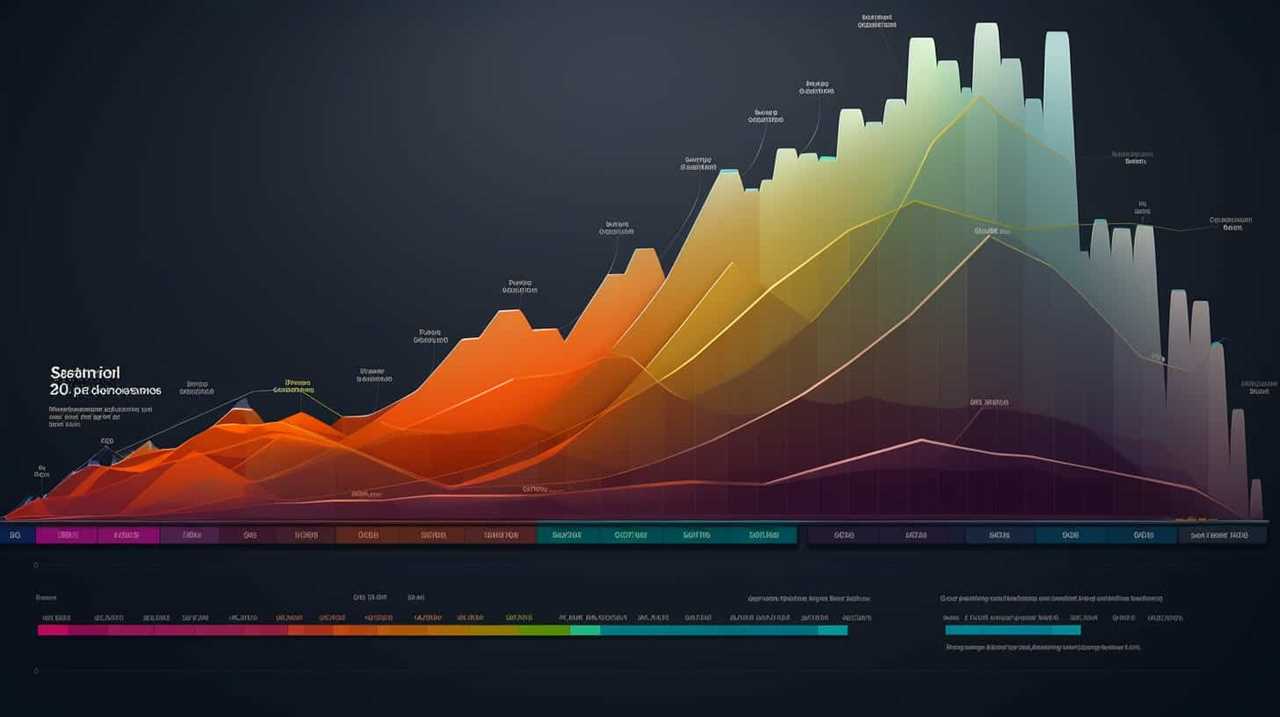
Another crucial element of SEO tracking is optimizing meta tags. Meta tags provide important information to search engines about the content of our webpages. By optimizing meta tags, we can improve click-through rates and attract more organic traffic.
To summarize our SEO tracking efforts, we have created a table below to showcase the key metrics we monitor and the tools we use to track them:
| Metric | Tools Used |
|---|---|
| Organic Traffic | Google Analytics, SEMrush |
| Keyword Rankings | Ahrefs, Moz, SEMrush |
| Conversion Rates | Google Analytics, Kissmetrics |
| Website Speed | Google PageSpeed Insights, GTmetrix |
Analyzing Website Traffic
To effectively analyze and track our SEO performance, we rely on analyzing website traffic. Website analytics provide valuable insights into the behavior of our visitors and help us understand how well our SEO strategies are working.
Here are three key aspects of website analytics that we focus on:

- Traffic sources: By analyzing the sources of our website traffic, such as organic search, social media, or referrals, we can determine which channels are driving the most visitors to our site. This information allows us to optimize our SEO efforts and focus on channels that generate the most valuable traffic.
- User engagement: Website analytics also help us track user engagement metrics like bounce rate, time on page, and click-through rates. By analyzing these metrics, we can identify areas for improvement and make adjustments to our website to enhance user experience.
- SEO ranking analysis: One of the main goals of analyzing website traffic is to assess our SEO ranking performance. By monitoring the keywords that drive traffic to our site and tracking our search engine rankings, we can make data-driven decisions to improve our SEO strategies and boost our organic visibility.
Monetizing Your Holistic SEO Food Blog
After implementing holistic SEO strategies, our food blog can be monetized by partnering with brands and companies in the health and wellness industry. One of the most effective monetizing strategies for our holistic SEO food blog is to form affiliate partnerships with relevant brands. By becoming an affiliate, we can earn a commission for every sale that’s made through our blog. This can be achieved by promoting products and services that align with our blog’s niche and values.
To get started, we can reach out to brands that offer products or services related to healthy eating, organic ingredients, sustainable cooking, or any other aspect of our holistic food blog. We can negotiate affiliate partnerships where we receive a percentage of the sales generated through our blog. This not only allows us to monetize our content but also provides value to our readers by recommending high-quality products that we genuinely believe in.
Additionally, we can explore sponsored content opportunities with brands that are interested in reaching our target audience. Sponsored posts, recipe collaborations, or product reviews can be a great way to generate income while maintaining the authenticity and integrity of our blog. It’s important to ensure that any sponsored content aligns with our holistic approach and resonates with our audience.
Frequently Asked Questions
How Long Does It Take to See Results From Implementing Holistic SEO Strategies for a Food Blog?
Implementing holistic SEO strategies for a food blog can yield results, but the timeline can vary.

It’s important to optimize your food blog for SEO, which involves keyword research, on-page optimization, and building high-quality backlinks.
Results can start to show within a few weeks, but it may take several months to see significant improvements in organic traffic and search engine rankings.
Consistency and ongoing optimization are key to long-term success.
What Are Some Tips for Finding and Connecting With Influencers and Brands in the Food Blogging Industry?
When it comes to finding influencers and connecting with brands in the food blogging industry, there are a few tips that can really spice up your strategy.

Think of it as a culinary adventure, where you seek out the perfect ingredients to create a delicious collaboration.
Start by researching and identifying influencers who align with your brand values.
Engage with them genuinely and build a relationship.
Don’t forget to showcase your unique vision and innovative approach to stand out from the crowd.
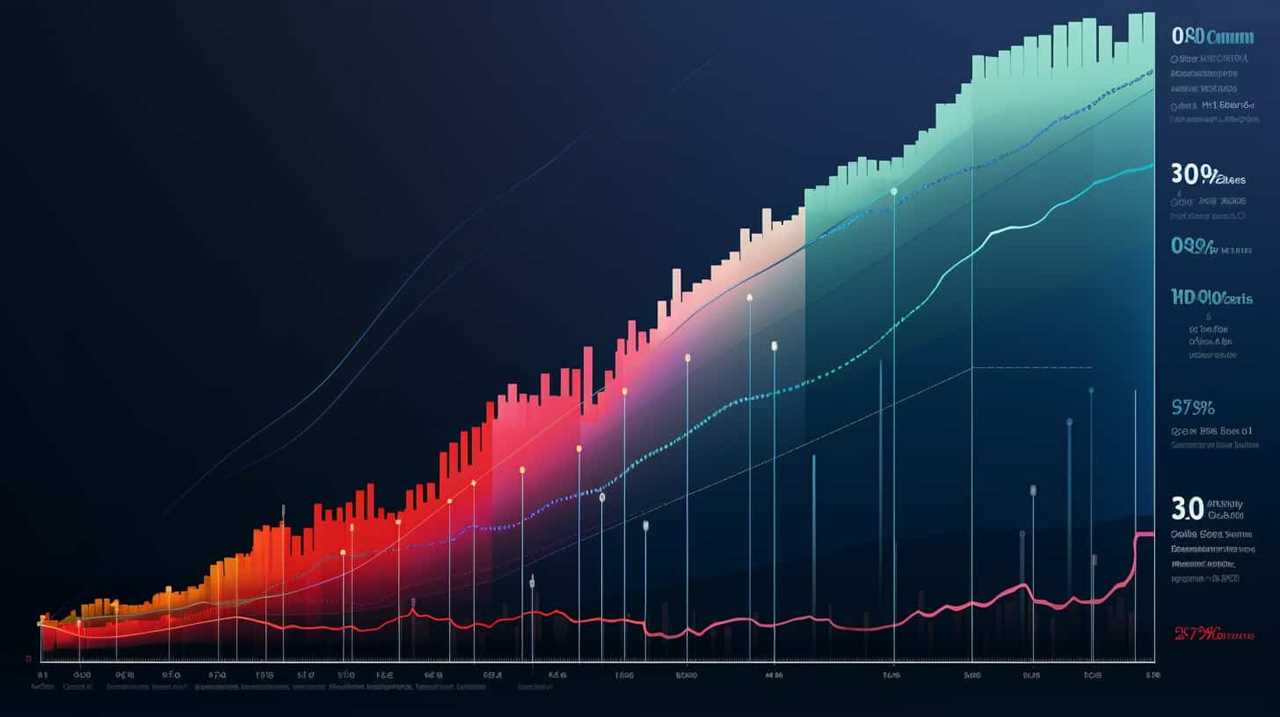
How Can I Ensure That My Content and Photography Stand Out and Engage With My Audience?
Improving content engagement and enhancing visual appeal are key to standing out and connecting with our audience. By creating captivating and unique content, we can grab their attention and keep them coming back for more.
Incorporating high-quality photography that showcases our dishes in an enticing way can also help to engage our audience visually.
We strive to constantly innovate and push the boundaries of our content and photography to ensure that we’re always delivering an exceptional experience to our audience.
What Are Some Effective Ways to Monetize a Holistic SEO Food Blog?
When it comes to monetizing a holistic SEO food blog, there are several effective strategies to consider.
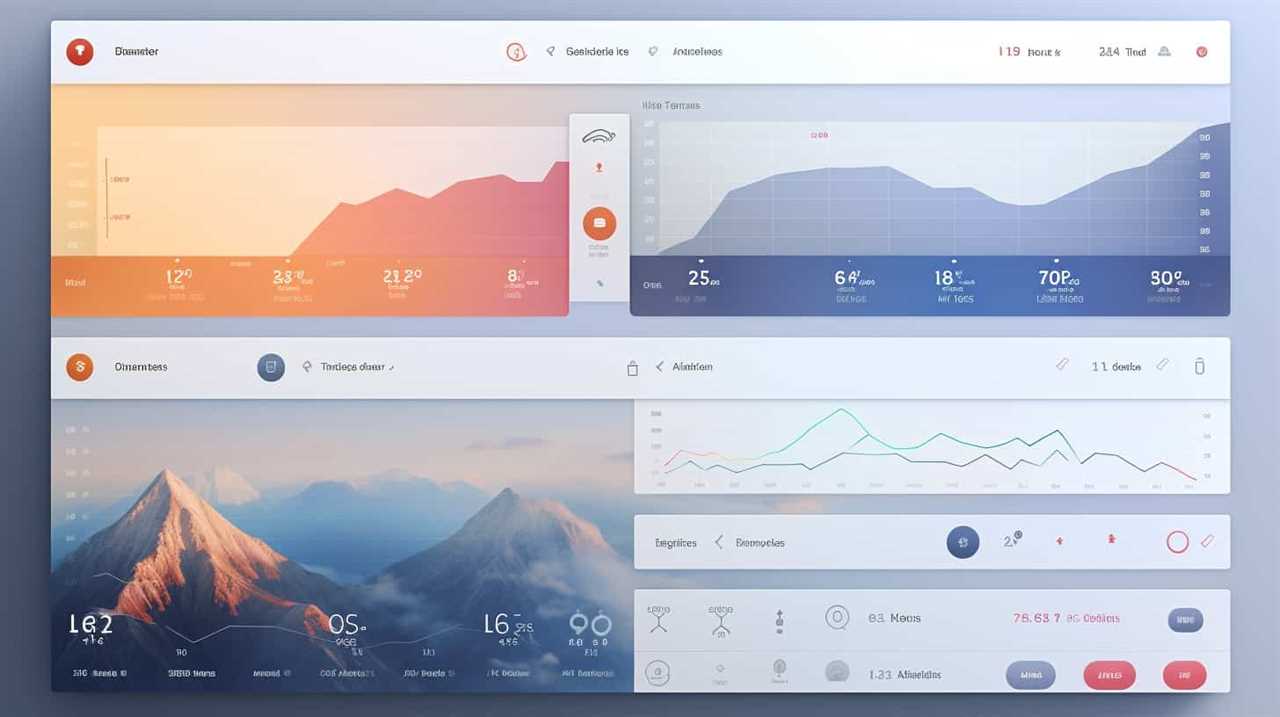
One option is to incorporate sponsored content into your posts, partnering with brands that align with your values.
Another approach is to create and sell your own digital products, such as e-books or meal plans.
Additionally, you can explore affiliate marketing by promoting products and earning a commission on sales.
Implementing these strategies over a timeline will help you maximize your blog’s earning potential.
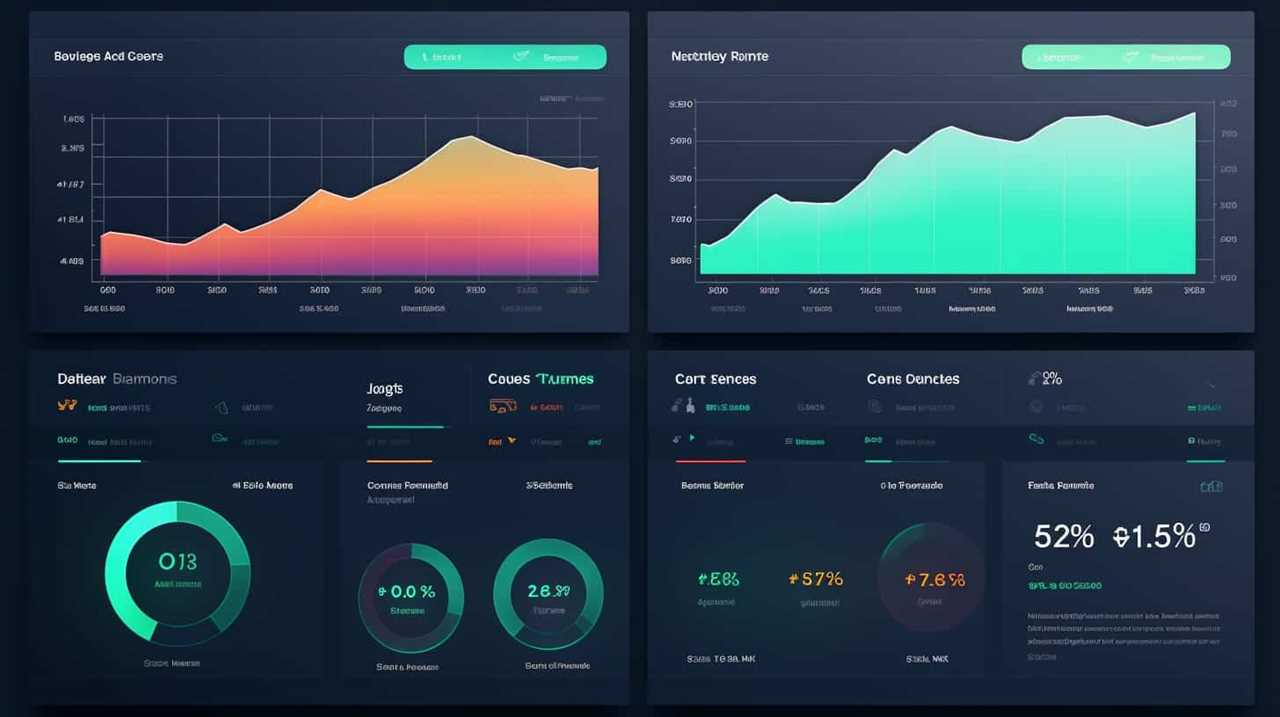
Are There Any Specific Tools or Platforms That Can Help in Analyzing and Tracking the SEO Performance of a Food Blog?
There are several SEO analysis tools and tracking platforms available that can help monitor the performance of a food blog. These tools provide valuable insights into keyword rankings, backlink profiles, and site traffic, allowing us to optimize our content and drive more organic traffic.
How Can Holistic SEO Techniques Benefit Beauty Blogging?
Holistic beauty blogging tips enable a comprehensive approach to SEO, ensuring bloggers optimize their content for both search engines and their target audience. By focusing on high-quality, relevant content, incorporating keywords strategically, and utilizing effective internal linking, holistic SEO techniques can enhance a beauty blog’s visibility, organic traffic, and engagement. By considering the bigger picture and implementing these tips, bloggers can create a sustainable and successful online presence.
Conclusion
In conclusion, by incorporating holistic SEO strategies into your food blog, you can reach a wider audience, increase your online visibility, and ultimately monetize your passion for creating delicious and nutritious recipes.
With the right keywords, engaging content, and captivating photography, you can captivate your readers and stand out in the competitive world of food blogging.
So why wait? Start implementing these techniques today and watch your blog thrive!









